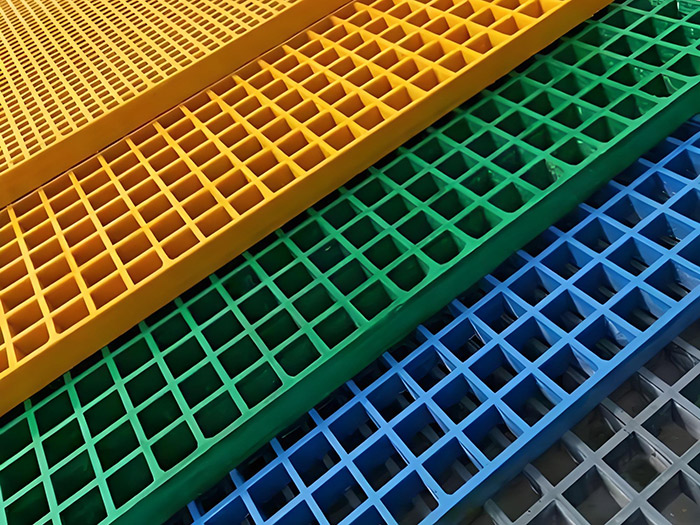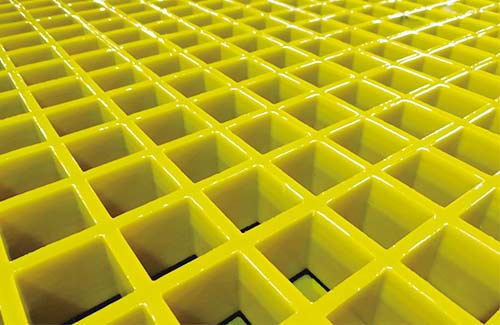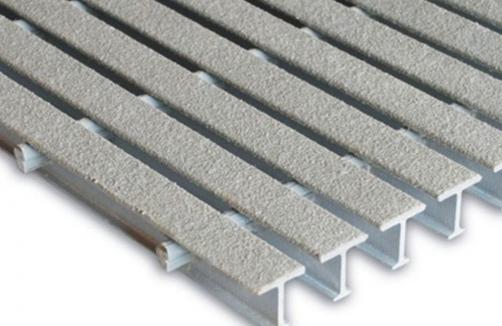Phenolic Grating Price and Cost Analysis: A Comprehensive Guide
Phenolic grating is a highly durable and corrosion-resistant material widely used in industrial, chemical, and heavy-duty applications. Understanding its pricing and cost factors is essential for project planning and budgeting. This guide explores the key elements that influence phenolic grating prices, common questions, and how to optimize costs without compromising quality.
What Determines the Price of Phenolic Grating?

Phenolic grating is made by pressing fire-resistant paper and phenolic resin under high heat and pressure, creating a strong, non-conductive, and lightweight material. The cost of phenolic grating depends on several factors:
- Material Quality – Higher-grade phenolic resins and papers enhance durability but increase costs.
- Size and Thickness – Larger or thicker grating requires more materials, driving up prices.
- Customization – Special coatings, serrated edges, or non-slip surfaces add to the cost.
- Production Volume – Bulk orders often benefit from discounts, while small quantities may be more expensive.
- Supplier and Market Conditions – Prices fluctuate based on raw material availability and demand.
Common Questions About Phenolic Grating Pricing
How Much Does Phenolic Grating Cost Per Square Foot?
The price typically ranges from $10 to $30 per square foot, depending on the factors mentioned above. Industrial-grade phenolic grating with custom features may cost more, while standard sizes are more affordable.
Is Phenolic Grating More Expensive Than Other Grating Types?
Compared to aluminum or steel grating, phenolic grating can be pricier due to its unique fire-resistant properties. However, its longevity and safety benefits often justify the cost in high-risk environments.
Are There Ways to Reduce Phenolic Grating Costs?
To optimize expenses:
– Order in bulk to negotiate lower prices.
– Standardize dimensions where possible to avoid custom production fees.
– Compare suppliers for competitive pricing without sacrificing quality.
Why Choose Phenolic Grating Despite Higher Costs?
Phenolic grating offers several advantages that make it a worthwhile investment:
– Fire Resistance – It does not conduct electricity or support combustion, ideal for hazardous environments.
– Corrosion Resistance – Suitable for chemical and marine applications.
– Lightweight yet Strong – Reduces structural load on supports.
– Non-Slip Surfaces – Enhances safety in industrial settings.
Shareable Insights for Project Managers
When planning a project involving phenolic grating, consider these tips to balance cost and performance:
– Request samples to verify quality before placing a large order.
– Factor in installation costs—some suppliers offer installation services at an additional fee.
– Evaluate long-term savings—phenolic grating’s durability reduces maintenance and replacement expenses.
Conclusion
Phenolic grating may have a higher upfront cost, but its durability, safety features, and resistance to harsh conditions make it a cost-effective solution for many industries. By understanding pricing factors and optimizing purchasing strategies, businesses can make informed decisions without compromising on quality. For more detailed cost analysis, consult with reputable suppliers or engineers specializing in phenolic grating solutions.
By mastering phenolic grating pricing, you can ensure your projects are both budget-friendly and reliable. Share this guide with your team to streamline procurement and maximize value.







